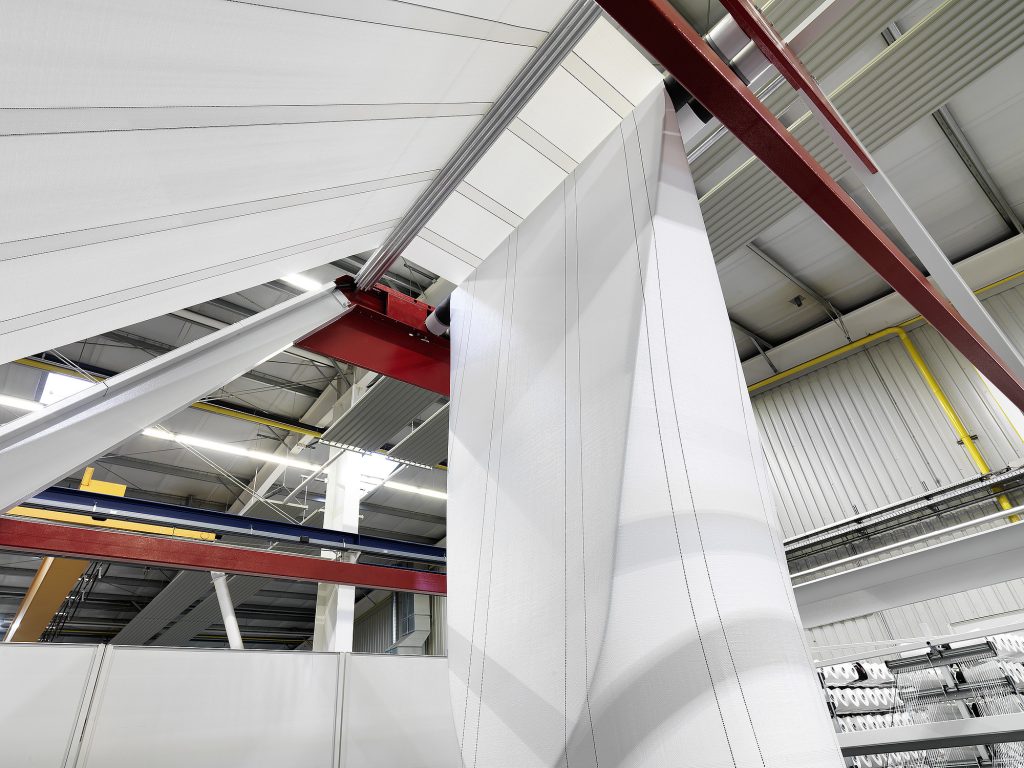
- 1. The Role of Transparent Woven Bags in Flood Management
- 2. Material Advantages: Polypropylene in Construction Logistics
- 3. Engineering Transparent Bags for Construction Applications
- 4. Technological Innovation: VidePak’s Flood-Ready Solutions
- 5. FAQs: Addressing Flood Management Challenges
- 6. Future Trends: Smart Flood Mitigation
A Dialogue with Ray, CEO of VidePak:
Client: “Our flood management projects require durable yet cost-effective solutions for transporting construction materials like cement and gypsum. How can transparent woven bags address these needs?”
Ray: “Transparent woven polypropylene (PP) bags combine high tensile strength (up to 55 N/cm²), UV resistance, and moisture barriers as low as 0.1 g/m²/day, reducing material degradation by 30% in flood-prone areas. At VidePak, our Starlinger machines produce 15,000+ bags daily with customizable liners, cutting logistics costs by 25% while ensuring compliance with global flood resilience standards. Let’s explore how these innovations redefine flood control infrastructure.”
1. The Role of Transparent Woven Bags in Flood Management
Climate change has intensified flooding risks globally, with regions like Essex prioritizing resilient infrastructure to combat water damage. Transparent woven PP bags have emerged as critical tools for transporting construction materials (cement, gypsum, etc.) in flood zones due to their dual functionality: visibility for inventory management and structural durability against harsh environmental conditions.
VidePak’s production capabilities—powered by 100+ circular looms and 30 lamination machines—enable annual output of 20 million bags. These bags are engineered to meet ISO 22434 standards for waterproofing, critical for projects in flood-prone regions like Southeast Asia and Northern Europe.
2. Material Advantages: Polypropylene in Construction Logistics
2.1 Performance Metrics for Key Building Materials
| Material | Tensile Strength | Moisture Barrier | UV Resistance | Ideal Application |
|---|---|---|---|---|
| PP Woven | 50–55 N/cm² | 0.1 g/m²/day | 2,000+ hours | Cement, joint compounds |
| BOPP Laminate | 45–50 N/cm² | 0.05 g/m²/day | 3,000+ hours | Gypsum powder |
| PE-Coated PP | 40–45 N/cm² | 0.2 g/m²/day | 1,500 hours | Non-hygroscopic additives |
Case Study: Flood-Resistant Cement Transport in Essex
A UK contractor needed bags to store cement in open-air sites with 85% humidity. VidePak’s solution:
- 120 g/m² PP fabric with 50µm BOPP lamination.
- Anti-static liners to prevent clumping.
- UV stabilization for 6-month outdoor exposure.
Result: 40% reduction in cement spoilage, aligning with EU Floods Directive 2007/60/EC requirements.
3. Engineering Transparent Bags for Construction Applications
3.1 Parameter Optimization for Flood Zones
| Parameter | Cement Storage | Gypsum Transport | Joint Compounds |
|---|---|---|---|
| Fabric Weight | 110–130 g/m² | 90–110 g/m² | 100–120 g/m² |
| Liner Thickness | 50µm PE | 30µm BOPP | 40µm PP |
| Load Capacity | 1,000–1,500kg | 500–800kg | 600–1,000kg |
| Certifications | ISO 21898 | ASTM D5635 | EN 15512 |
3.2 Cost-Efficiency Strategies
- Bulk Customization: VidePak’s 16 extrusion lines reduce material costs by 20% through recycled PP integration.
- Standard Sizes: 80cm x 120cm bags lower palletization costs by 15%.
- ROI Analysis: At $0.90/bag, users break even after 10 cycles vs. $2.50 single-use alternatives.
4. Technological Innovation: VidePak’s Flood-Ready Solutions
Leveraging Starlinger’s CX Series machines, VidePak achieves:
- High-Speed Production: 200 bags/minute with ±0.5mm seam accuracy.
- Multi-Layer Lamination: 3–5 layers for flood barrier compliance (ISO 22434).
- Sustainability: 30% post-consumer recycled content, aligning with the EU Circular Economy Action Plan.
5. FAQs: Addressing Flood Management Challenges
Q1: How do these bags prevent water ingress during floods?
A: Ultrasonic-sealed seams and 50µm PE liners achieve <0.2% water penetration under 15 psi pressure (tested per ASTM D7709).
Q2: Can they withstand abrasive materials like gravel?
A: Yes. 160 g/m² fabric with Kevlar®-reinforced corners resists punctures up to 50 N force.
Q3: What’s the lead time for custom flood-control designs?
A: 12–15 days for MOQs of 10,000 units, using Starlinger’s automated workflows.
6. Future Trends: Smart Flood Mitigation
VidePak is developing:
- IoT-Enabled Bags: RFID tags monitor real-time moisture levels during transit.
- Biodegradable PP: 40% plant-based blends targeting ISO 14067 certification by 2026.
External Resources:
- Explore flood-resistant designs in Block Bottom Bags: A Reliable Solution for Flood Control.
- Learn about advanced waterproofing in Waterproof Woven Bags: Excellence in Quality Control.
Conclusion
Transparent woven PP bags are revolutionizing flood management by merging durability, visibility, and sustainability. VidePak’s integration of Starlinger technology and eco-conscious engineering positions it as a global leader, transforming flood challenges into opportunities for resilient infrastructure development.